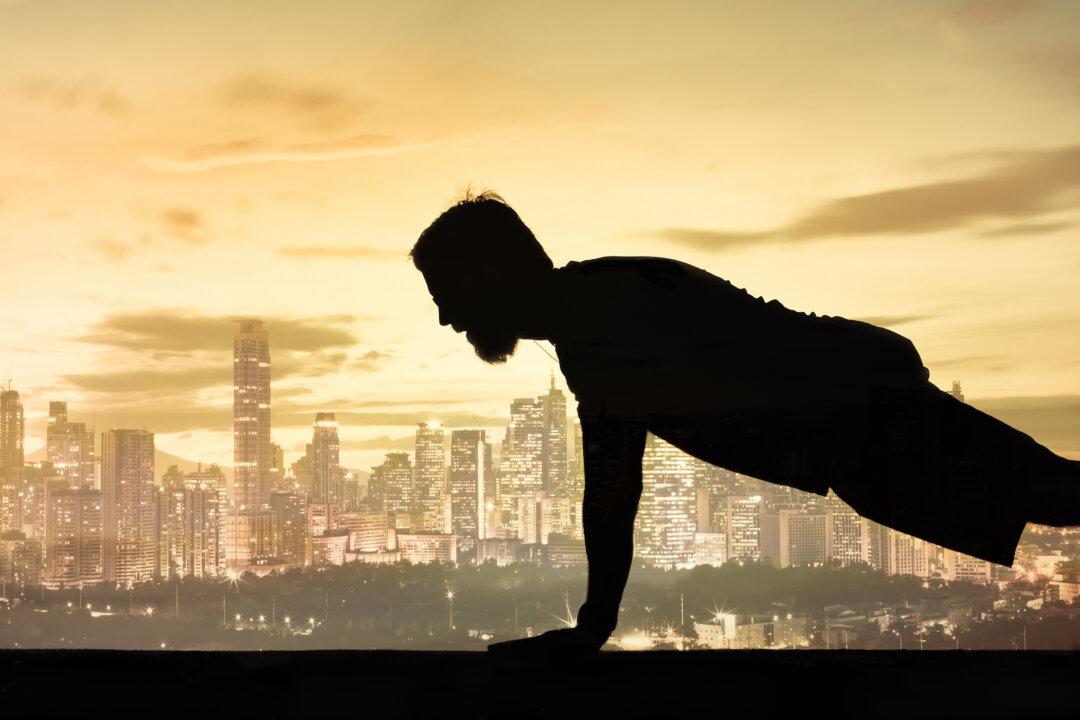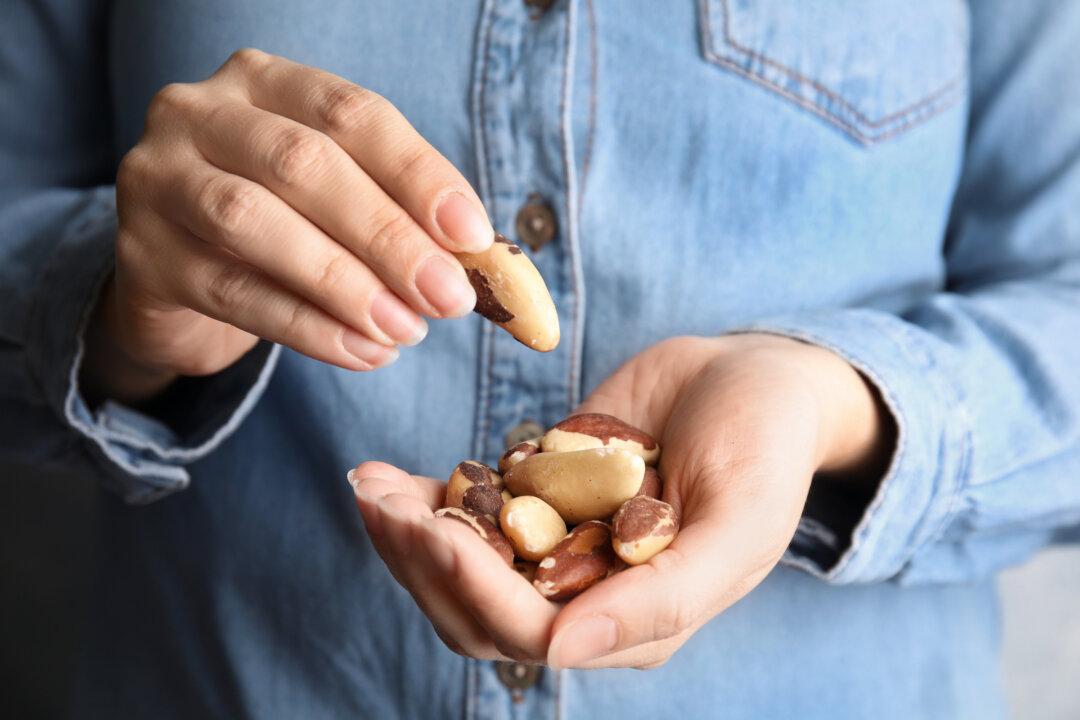Many conditions can lead to bone loss, and new research shows how stress can be a possible risk factor.
According to the study published in the Journal of Epidemiology & Community Health, poor-quality social relationships that contribute to psychosocial stress may be related to bone loss in postmenopausal women.





